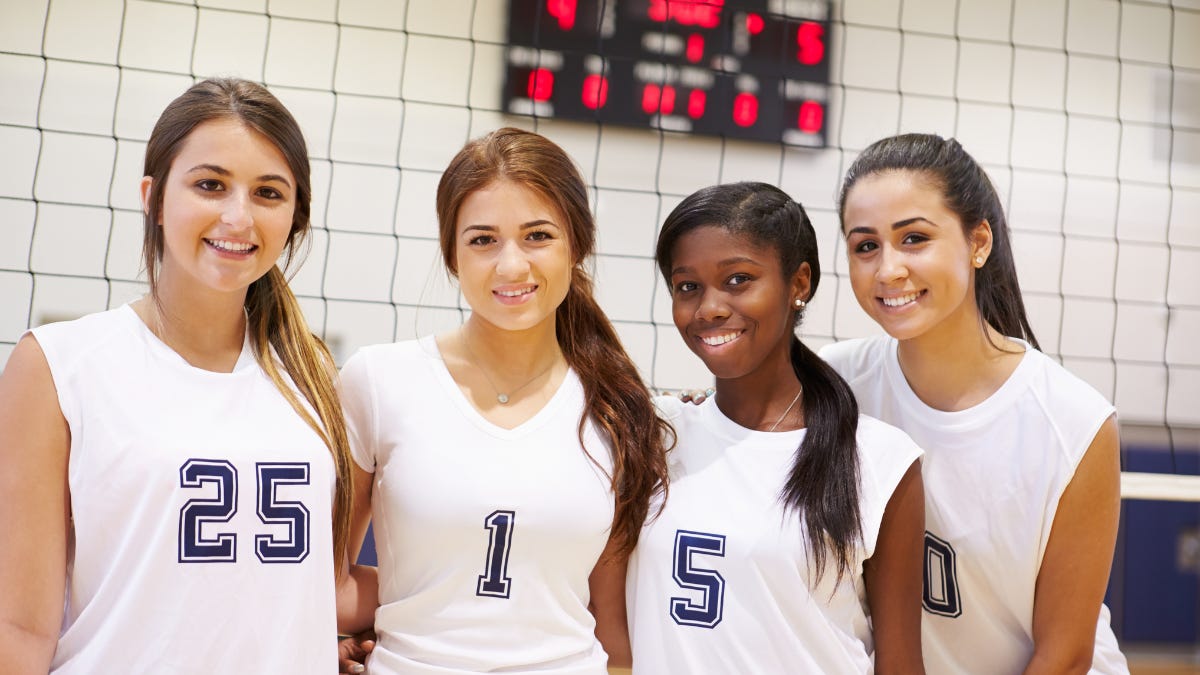In Part 1, we explored why teen girls are leaving sports. Now let’s dig into what we can actually do about it—starting with how we train and support girls differently.
Step One: Build the Connection
Before you load up the weights or draw up the drills, ask yourself: Do I know her “why”?
Girls thrive when they feel seen, heard, and supported—not just as athletes, but as whole people. Be that trusted, non-parent adult mentor who listens without judgment. Trust leads to effort. Effort leads to progress.
Step Two: Train With Her Cycle
This isn’t “woo”—it’s science.
Girls' hormone levels shift throughout the month, and those shifts impact energy, strength, and recovery. Here’s a simplified version:
Days 1–5: Low energy. Focus on rest, light movement, and flexibility.
Days 6–15: Peak energy! Great time for strength, power, and trying new things.
Days 16–22: Maintain steady effort. Build relationships. Do fun, non-traditional training.
Days 22+: Wind down. Focus on technique, mobility, and mental clarity.
When we sync training to these natural rhythms, girls feel more in control of their performance, and less like their bodies are working against them.
Step Three: Support Changing Bodies
Puberty brings growth spurts, changes in center of gravity, and increased injury risk. This is the time to focus on:
Retraining movement patterns
Teaching proper technique
Building functional strength, especially around the core
Helping girls understand how to move with their new bodies
Small, consistent efforts here prevent burnout and injury down the road.
Step Four: Normalize Rest & Red Flags
More isn’t always better. Pushing through fatigue, pain, or emotional stress can lead to serious issues like RED-S (Relative Energy Deficiency in Sport) and burnout.
So how do you help?
Validate pain (don’t dismiss it)
Look for emotional or behavioral changes
Refer to professionals when needed (yes, that includes women’s health physical therapists!)
Let’s Talk Core
Core strength isn't just crunches. Girls need to learn how to manage intra-abdominal pressure (IAP), especially during high-impact movements or lifting. Teaching proper breathing and bracing patterns is essential—and again, this isn’t typically covered in school P.E. or rec leagues.
The Bottom Line
Teen girls have incredible untapped potential—but only if we create an environment where they feel supported, understood, and empowered to succeed on their terms.
That means training with empathy. It means prioritizing wellness over appearance. And it means being part of a new narrative where girls stay in sport, thrive in fitness, and carry those wins into the rest of their lives.
Want more resources, training tips, or a community that gets it? Visit She Moves Wellness or reach out to me at beth@shemoveswellness.com.
Let’s keep our girls moving, nourished, and playing—guided by the Athletic Wellness Wheel to support their whole-athlete journey.
👉 Download the free Cultivating Athletic Wellness workbook to start today!



